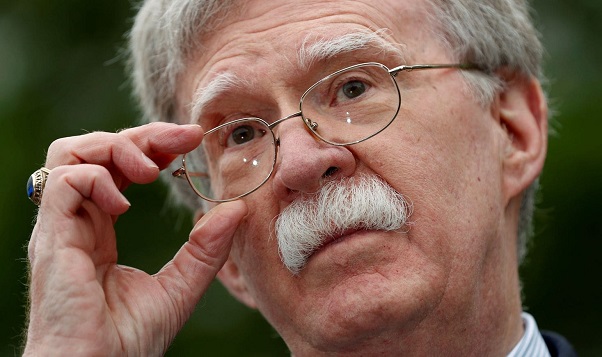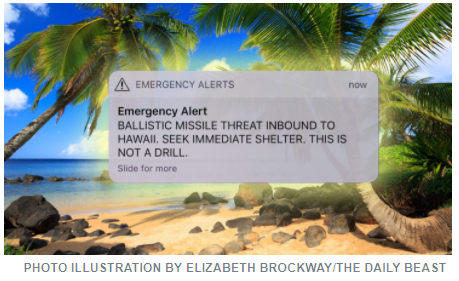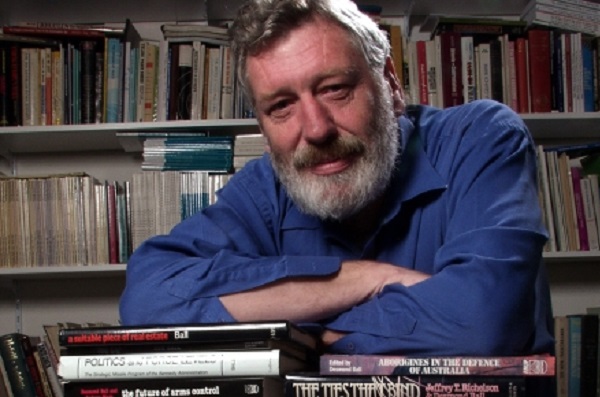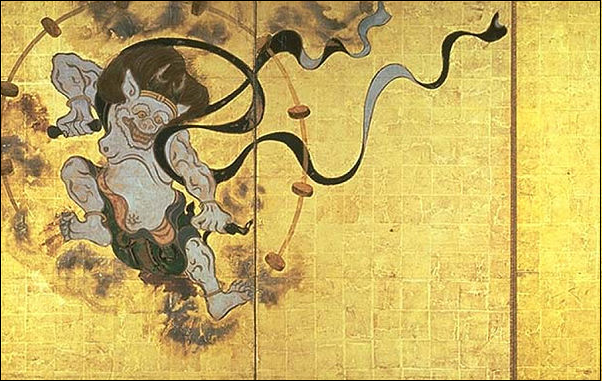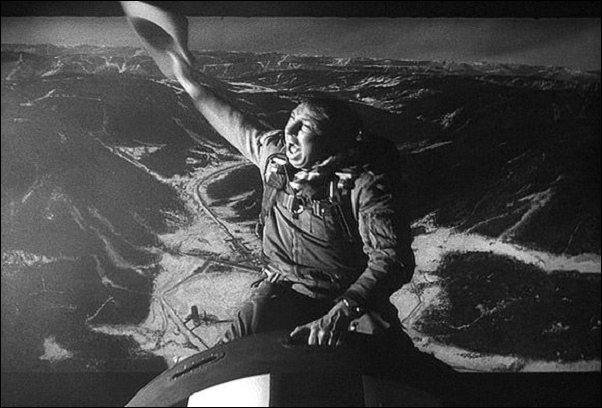The thing about a carrier strike group and John Bolton
Friday, May 10th, 2019[ by Charles Cameron — strategy / metacognition — here’s an easy to feel, hard to conceptualize notion: the threat to Iran is a human+carrier-group threat, not just a carrier-group threat, okay? ]
.
The U.S. Navy’s Abraham Lincoln carrier strike group includes guided-missile cruiser USS Leyte Gulf, and missile destroyers USS Bainbridge, USS Gonzalez, USS Mason and USS Nitze. Photo by MCS3 Stephen Doyle
As the son of a captain RN, I can’t resist images like this:
**
Aside:
Let me start by noting that MSNBC’s Richard Engel today mentioned that North Korea expresses varying levels of frustration by exploding underground nukes when “really, really angry” — and then in descending order firing off ICBMs and then short-range missiles — the stage we’re at this week, indicating “moderate displeasure — but why? — And Engel suggests the Kim regime is signalling that it “wants to get back to the bargaining table”..
So the firing of missiles, albeit into the Sea of Japan, an act of aggression on the face of it, and plausibly a bit of a threat — an example of “saber-rattling”, as Engel goes on to say — can carry a message of tghe wish to negotiate, if not for actual reconciliation.
I mention this merely to indicate that threat — along with such related categories as exercise, deployment, war-game, &c — is a polyvalent matter.
But that’s just to open our minds to the matter of The thing about a carrier strike group and John Bolton…
**
Main point:
John Bolton just announced that the USS Abraham Lincoln was hastening to the Persian Gulf “to send a clear and unmistakable message to the Iranian regime that any attack on United States interests or on those of our allies will be met with unrelenting force.”
That’s a threat.
Presumably, as far as Bolton is concerned, the threat in this case is the Lincoln strike group and accompanying bomber wing — the deployment of massive lethal force.
I don’t think that’s the threat — or to put it another way, I think that’s only half the threat, or more precisely, it’s y in the threat xy.
What I’m getting at is on the one hand patently obvious, and on the other, conceptually difficult to handle: that the threat is in fact John Bolton force-multiplying the carrier strike group..
John Bolton is a hawkish hawk — Trump himself said today with a laugh that he’s the one who has to “tempers” Bolton, rather than the other way around — Bolton, if I may say so, is somewhere between a rattling saber and a loose cannon. He may be in complete control of himself, full of sound and fury purely for effect, and far more cautious in purpose and action than he lets on. But his hawkishness is unpredictable, and it’s that unpredictable bellicosity — multiplied by the lethality of the carrier group — that constitutes the real thread.
It’s easy to feel that, particularly if you’re an Iranian honcho — but not so easy to think about it or discuss it strategically, because there’s no such conceptual category as a human-warforce hybrid.
We need that category.
Because the threat to Iran is a human-warship threat, not just a warship threat. And when the human is John Bolton — watch out!



